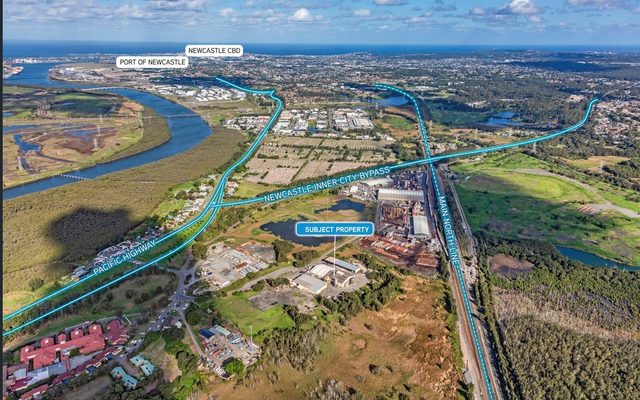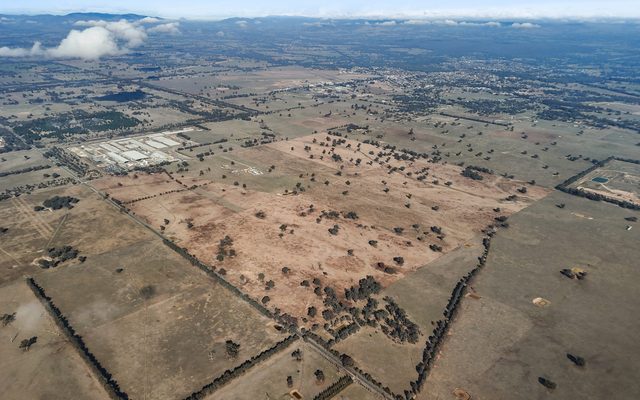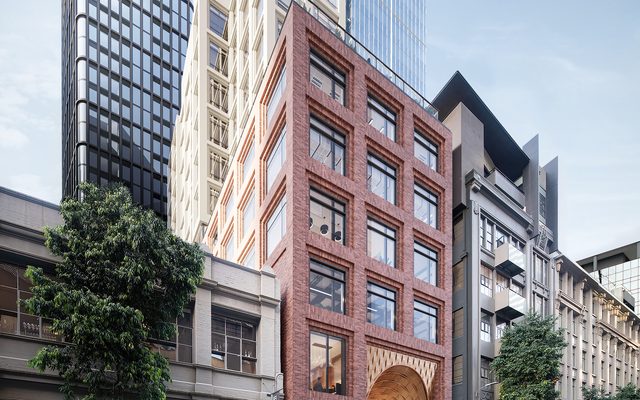This article is from the Australian Property Journal archive
THE price of smaller industrial land parcels throughout Melbourne’s east and south-east have skyrocketed amidst strong demand and lack of development-ready sites, and the only way is up.
New research from Savills showed the average price of the parcels in the precincts jumped by 19.6% and 17.6% respectively over the 12 months to June 2017.
Savills associate director research in Melbourne, Monica Mondkar, said further rises are anticipated as site availability is not expected to improve significantly in the near-term, and demand has been rising significantly.
Mondkar said 552,447 sqm in the above-5,000sqm category of new industrial stock was built over 2016, the highest in the five-year period, and an estimated 751,960 sqm is tipped for completion by the end of 2017, and 66% of that is yet to begin construction.
However, she said a vast majority of this would be preceding commencement subject to pre-leasing or as purpose-built space for tenants and owner occupiers.
Savills industrial director, Kosta Filinis, said the greatest increases in land value were seen in land parcels between 3,000 sqm and 5,000 sqm, in estates close to key road infrastructure.
Land parcels of 1ha to 5ha saw an increase of around 4%.
The South East region is currently averaging $300 per sqm following its large rise over the past 12 months, whilst the east now averages around $305 per sqm, driven by strong development activity.
Mondkar said demand in the East and South East regions would be further augmented by the possible North-East Link project.
The Victorian government have just announced four proposed routes for the project, with the option favoured by the current Andrews Government and opposition the shortest and cheapest, running from Bulleen Road up to Greensborough.
The three alternative routes begin or end further eastwards, with two cutting up through Mitcham and Donvale, and the most indirect coming out from Croydon South to Chirnside Park.
Mondkar said supply is expected to become further constrained as an increasing amount of industrial land gets consumed by rezoning for residential and commercial purposes driven by rising population and housing demand.
The 2016 Census showed Greater Melbourne’s population grew by 25.6% to 4.48 million from 2001 until 2016, and Melbourne’s urban development program showed that form 2000-01 to 2015-16 1,801 hectares of industrial land was rezoned for other uses, led by residential at 28%, mixed and commercial at 21% each, and transport at 15%.
It also showed 2015-16 saw net 298ha of industrial land consumed, the highest since the GFC.
Most of this – 78% – was taken up within State Significant Industrial Precincts, the West SSIP, North SSIP and South-East SSIP. The total southern sub-region accounted for 128ha, with 78ha within the South SSIP.
Of the SSIPs, the South SSIP has the most pronounced shortage of vacant land supply and the second highest consumption rate. No proposed industrial land is in the pipeline in the near-term, and according to the Department of Environment, Land, Water and Planning land supply in the precinct will become constrained in the middle of the 2020s.
Low availability of land in the Eastern region saw only 11ha taken up.
Australian Property Journal




